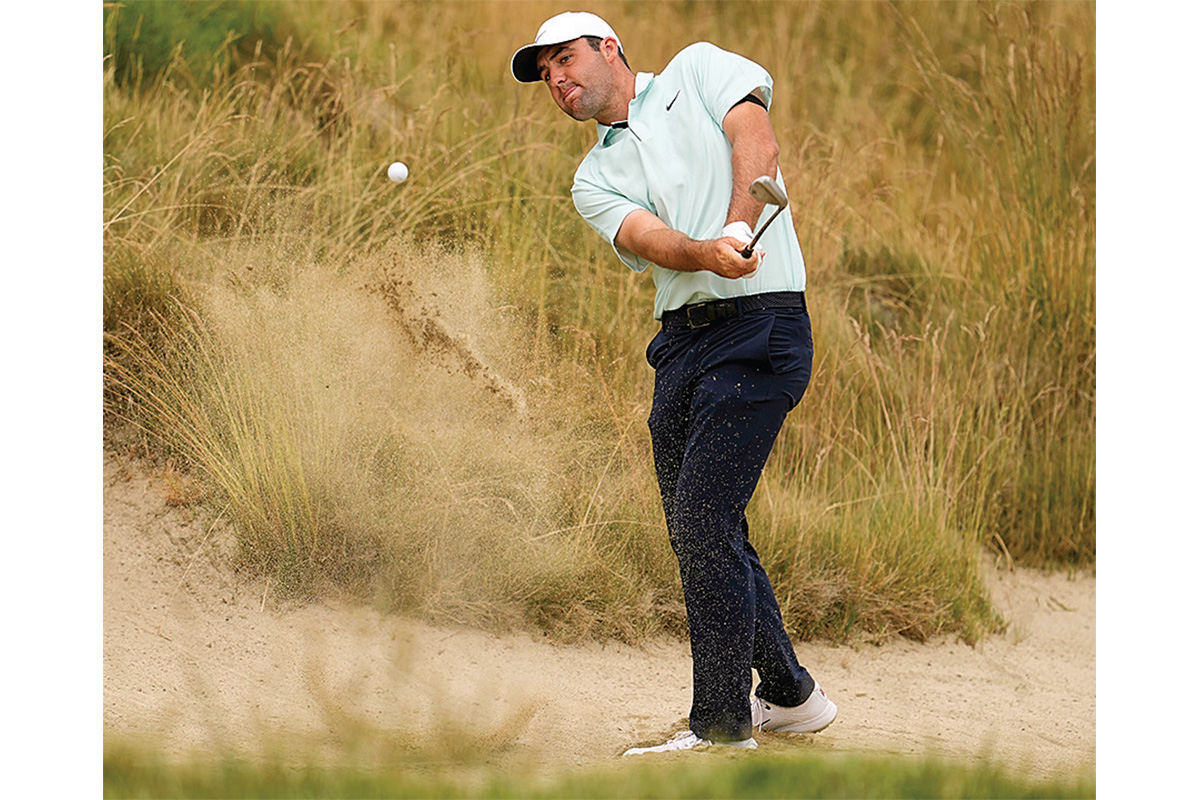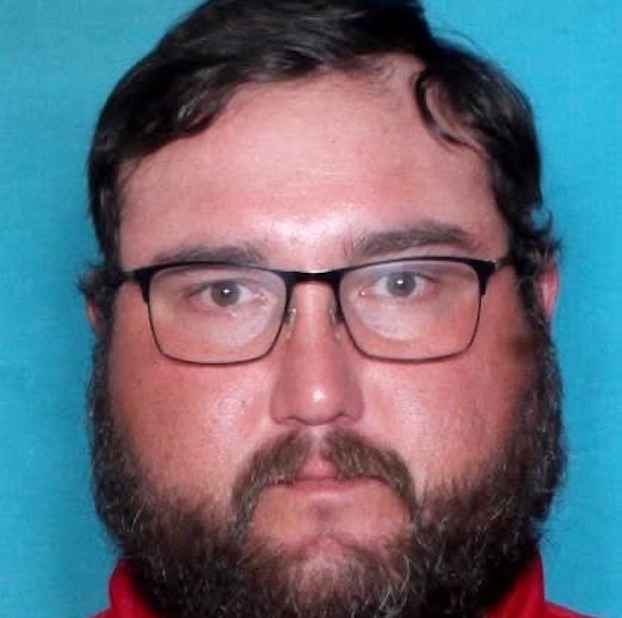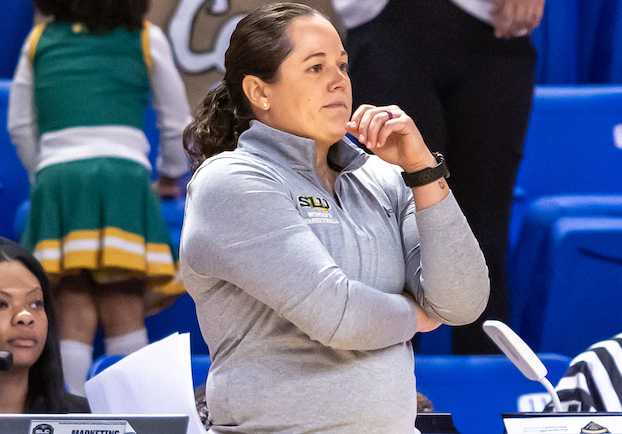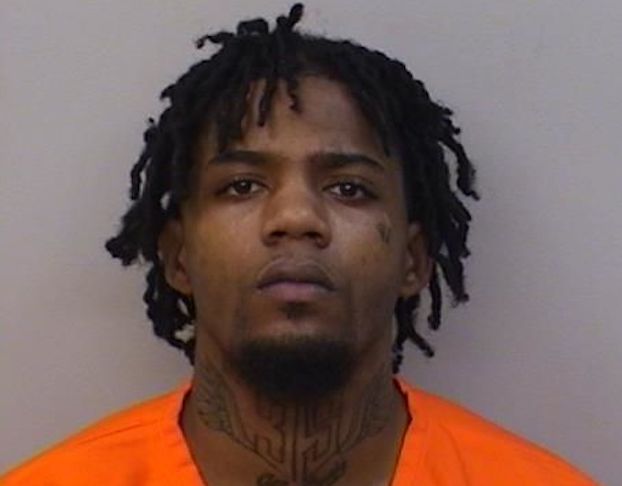Hot streak, Americans on run not seen in 40 years
Published 7:58 am Thursday, June 13, 2024

- Five Americans have won the last five majors, the longest streak in 40 years. That dates to Brooks Koepka in the PGA Championship last year at Oak Hill. But while this revolving door of American winners suggests parity, world No. 1 Scottie Scheffler remains the player to beat. He hasn't been out of the top 10 since the third week of January. (Associated Press)
The list starts with Brooks Koepka winning his fifth major in the PGA Championship at Oak Hill. The most recent addition is Xander Schauffele winning his first major in the PGA at Valhalla.
The streak hasn’t been the main topic of conversation in a golf world filled with endless drama, from conflict between the PGA Tour and LIV Golf, private equity and increasing riches. But this much should be noted going into the U.S. Open:
The Americans are on a roll in the majors, and not just any one of the players.
Five Americans — Koepka, U.S. Open champion Wyndham Clark, British Open champion Brian Harman, Masters champion Scottie Scheffler and Schauffele — have won the last five majors.
It’s the longest such streak in 40 years, when the quintet of Americans was Larry Nelson (1983 U.S. Open), Tom Watson (1983 British Open), Hal Sutton (1983 PGA Championship), Ben Crenshaw (1984 Masters) and Fuzzy Zoeller (1984 U.S. Open).
A revolving door of Americans winning majors would seem to suggest a great depth of talent, which is increasingly true in golf, and perhaps parity.
The latter requires pause for two reasons. Three of the most recent American winners were first-time major champions. Second, any conversation about parity at the top would require a blind eye to what Scheffler is doing.
Scheffler has been No. 1 in the world ranking for 13 months and is assured of being at the top of the ranking for the longest of anyone since Tiger Woods ruled from 2005 until 2010.
He is a clear favorite to add another major when the 124th U.S. Open returns to Pinehurst No. 2 in the sand hills of North Carolina.
This has been an unforgettable year for Scheffler in so many ways.
He hasn’t been out of the top 10 since the third week in January. About the only thing that has slowed him was getting arrested and briefly jailed — it’s still hard to erase the memory of golf’s No. 1 player in handcuffs — before the second round of the PGA Championship. He got of jail in time to make his tee time and managed to tie for eighth by the end of the week. And authorities in Louisville, Kentucky, eventually dismissed all charges.
That’s all behind him. Or is it?
“That’s something that will always, I think, kind of stick with me,” Scheffler said. “That mug shot (from jail) I’m sure is not going anywhere anytime soon.”
Scheffler was clean-shaven at the Memorial the week before the U.S. Open.
He has never seen Pinehurst No. 2 except for the flyover video of the Donald Ross gem a week before his arrival. Most major championship courses, except for Augusta National, are relatively new to him in his fifth year on the PGA Tour.
And he’s not alone. Slightly more than two dozen players were at Pinehurst No. 2 in 2014 the last time the U.S. Open was there. Phil Mickelson and Matt Kuchar are the only players in the 156-man field to compete in all four U.S. Opens at Pinehurst No. 2.
The course has been around for more than a century. Pinehurst No. 2 held the 1936 PGA Championship and the 1951 Ryder Cup, back when the matches were so much an exhibition that players were given Saturday off to attend a college football game.
And then it was 48 years later before it entered the U.S. Open landscape in a major way. Not only is this the fourth U.S. Open in the last 25 years, four more U.S. Opens are booked for Pinehurst No. 2 through 2047.
“I always loved No. 2. It’s a tree-lined course without a tree in play,” Jack Nicklaus said.
Nicklaus played the first U.S. Open at Pinehurst at age 59, though he had plenty of experience, having won the famed North & South Amateur in 1959 and a PGA Tour event (Hall of Fame Classic) in 1975.
“Donald Ross liked repelling golf — that’s quite obvious — because everything there, if you miss it, off it goes,” Nicklaus said, a reference mainly to the turtleback greens, a Ross signature.
It can be frustrating, and John Daly would be among the first called as an expert witness. It was in 1999 when Daly became so frustrated at putts rolling off edges or coming back to him off the green that he whacked a ball that was still rolling on No. 8 and made an 11.
The big change was restoring No. 2 to its sand dunes and native plants — “sandscapes” is the term at Pinehurst. Rough is replaced by sprawling dunes with wiregrass bushes, and they have grown in since 2014. What hasn’t changed is the test, still among the toughest in golf.
“It’s tough, it’s long,” said Ludvig Aberg, who makes his U.S. Open debut and played the course before going to the Memorial. “You’ve got turtleback greens where everything is running away from you. And I would expect it to be quite firm and fast.”
Aberg, a runner-up at the Masters in his major championship debut, will be among the candidates looking to end the American run in the majors.
Rory McIlroy gets another crack at ending his decade-long drought in the majors.




